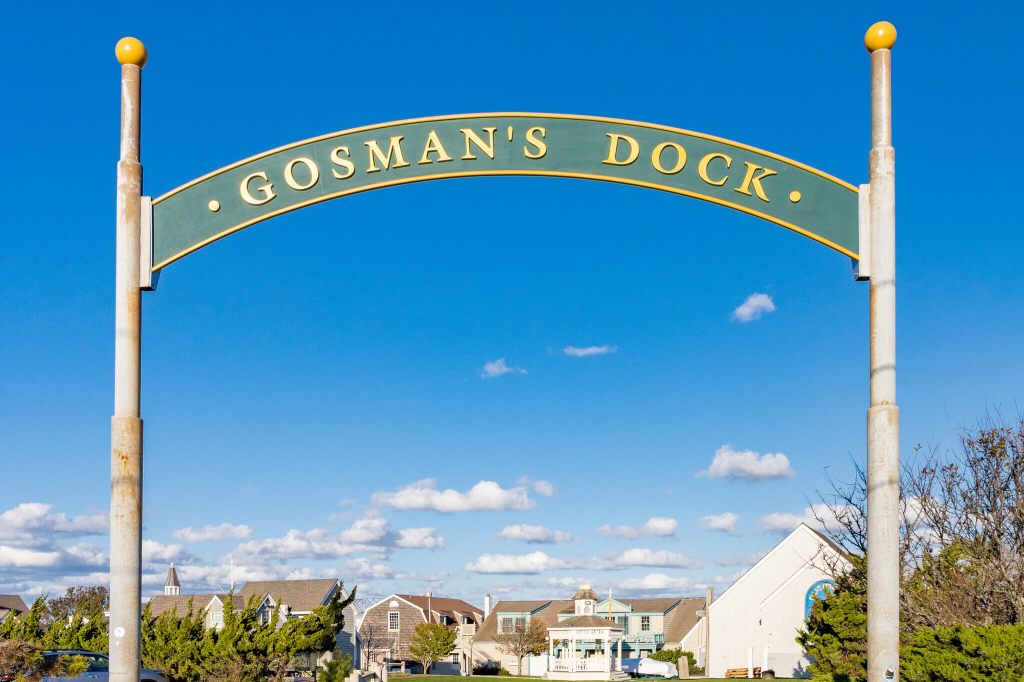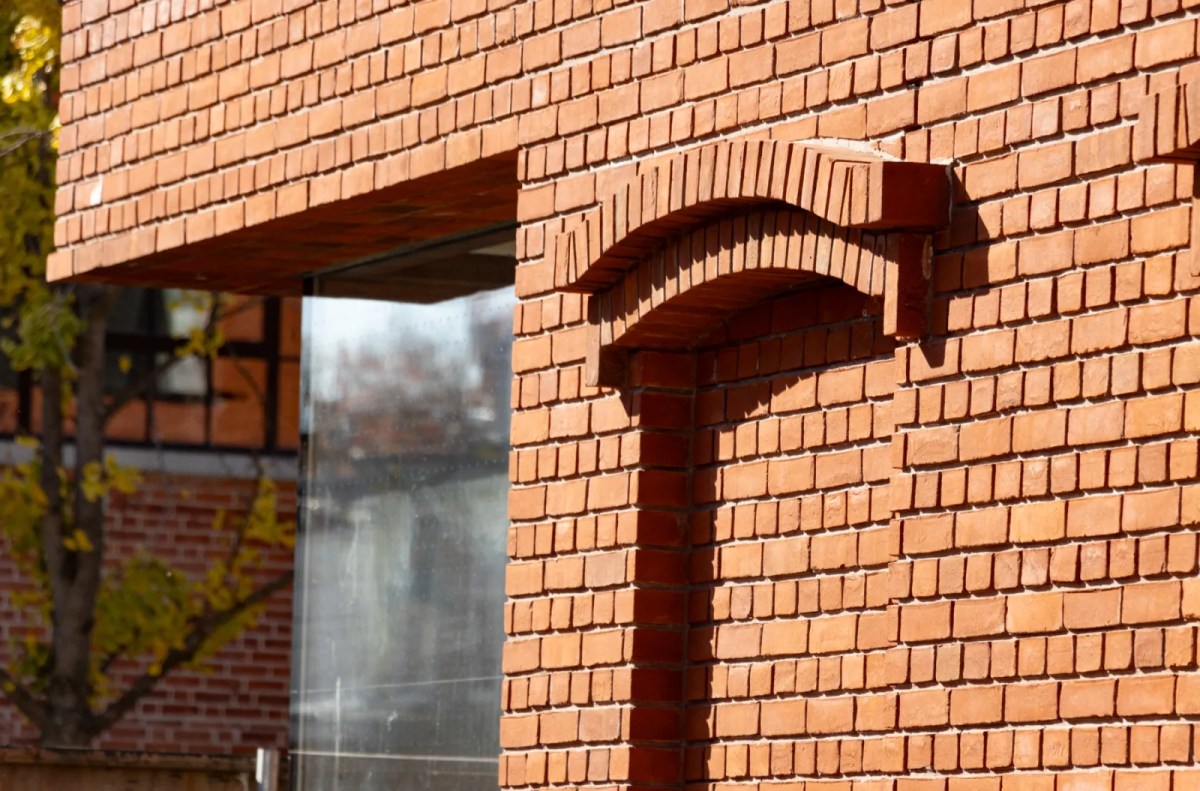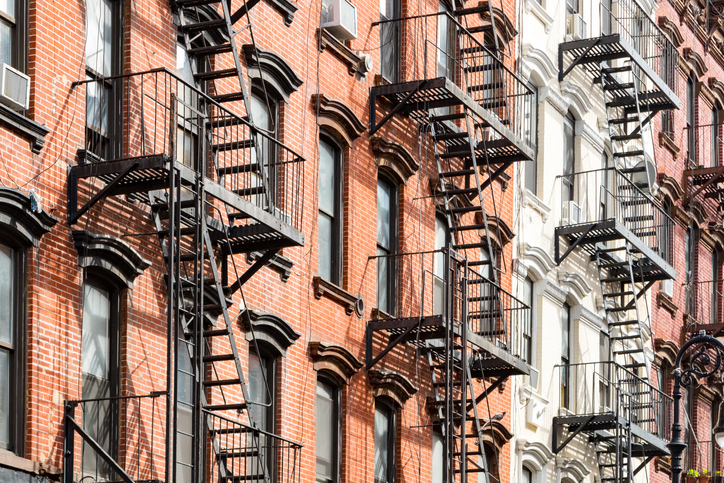
It was a slogan that stuck to New York’s northernmost borough for decades: “Ladies and gentlemen, the Bronx is burning.”
TV news showed images of bombed-out blocks of destroyed apartments and shops. Politicians used the rubble as a backdrop to show how they’d fix urban blight.
Quietly and with resolve, the borough held tough through the years, rebuilding not only homes but perceptions.
Now, low rents, hip attractions and evolving communities are bringing the Bronx out of the shadows as New York’s next big thing.
The progress, however, is being watched with cautious optimism.
On one hand, longtime residents and leaders are glad that more people recognize that neighborhoods like Mott Haven, the South Bronx and Kingsbridge don’t conform to the dirty, dangerous stereotypes that have plagued the borough’s image for years.
At the same time, they are cognizant of the extreme levels of gentrification that have fundamentally transformed neighborhoods like Bushwick.
“I’m all for progress, but not one where the little guy is forced out,” said South Bronx resident Dahlia Mills. “Still, I’m glad we’re getting more popular.”
A report by StreetEasy predicts the Bronx will be the only borough where home prices will see a decrease in 2017, with median sales going from $195,878 to $195,095 by the end of the year. Although its median rents are expected to rise 3.6% in 2017, the Bronx will be the only borough where they will remain under $1,800, according to the real estate site.
Nonetheless, Yaneza Cruz, 30, a social worker and lifelong South Bronx resident, said a few of her neighbors in market rate apartments have had their rents go up and she’s noticed newly-constructed apartments are renting for more than $2,000.
“I would like to see growth but not at the cost of the people who have really made [the neighborhood] a home,” she said.
Lauren Riefflin, a StreetEasy spokeswoman, said New Yorkers who are being priced out of Manhattan and Brooklyn have their compasses turned north.
“They aren’t shy about exploring a few subway stops further if it means more bang for your buck, and that’s certainly true of the Bronx,” she said.
Cedric Loftin, the district manager for Bronx Community Board 1 — which oversees Mott Haven, Melrose and Port Morris — said he’s seen an influx of younger residents. Attractions like the Bronx Brewery, which opened in 2011, and St. Mary’s Park are packed on weekends, he added.
“A lot of the past connotations of the Bronx are being dismissed. Younger people have a different perception,” he said.
Still, residents are keeping a close eye on their neighborhood changes. Many longtime Bronx members were angered when developers Somerset Partners and the Cherit Group used the name “Piano District” for Mott Haven during the promotion of a luxury tower development along the Harlem waterfront.
“It’s tricky because gentrification is inevitable, but it’s one thing when you move in because of cheaper rent and it’s another when you just give a neighborhood a totally different name that no one uses,” said Chyann Sapp, a real estate agent for Citi Habitats.
Somerset Partners and the Chetrit Group didn’t return messages for comment.
Sapp pointed to rent stabilization and the relatively lower prices of older homes and apartments as guards against excessive changes to the market, while Lofton observed that the community has worked with the city to appropriately manage the increase of 70,337 residents that the U.S. Census measured between 2010 and 2015.
The population of the borough went from 1,385,107 to 1,455,444 during that period.
In 2013, the Department of City Planning rezoned a 12-block area in the Belmont neighborhood, limited the height of some residential buildings to 50 feet and gave other properties the freedom to build up to 100 feet if they included affordable housing units.
Other rezonings are in the planning stages for a 73-block area surrounding Jerome Avenue and the waterfront near the Harlem River.
The city’s Department of Housing Preservation and Development is slated to create 1,586 new affordable housing units in the Melrose and Mott Haven neighborhoods over the next few years, as well.
“You will have people in a lower income band come into the community and find housing that they need,” Lofton said.


























